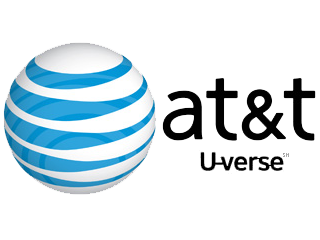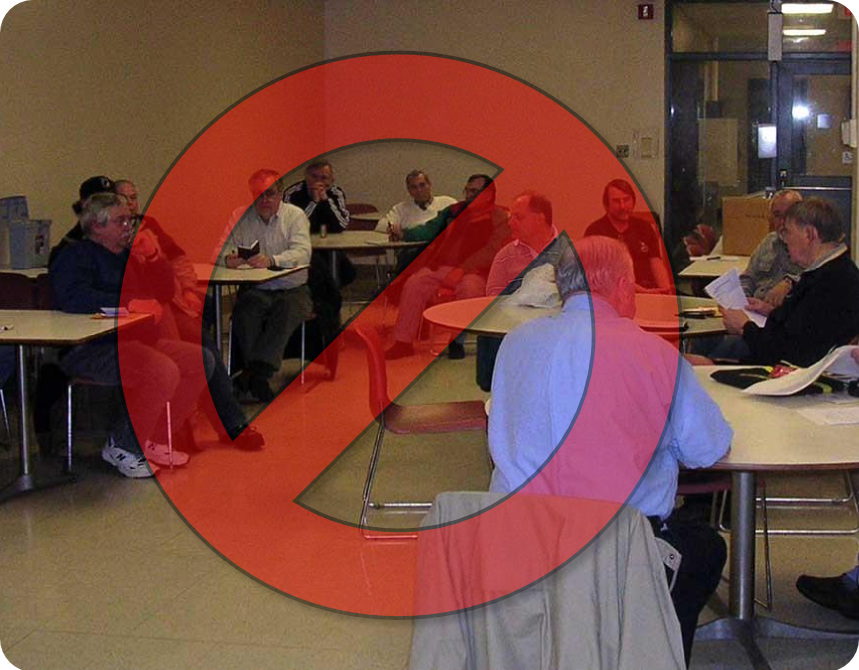I have been pleasantly surprised by the service I've received. The install went very well, and when the tech realized I used to work in telecom he even offered to double-bond my pairs so I now have a nice low-resistance line. 45 Mbps possible to a local fiber loop, I'm seeing about 30 Mbps effective with higher rates during the night. Every customer service agent I've spoken to has been polite and knowledgable, and they seemed genuinely interested in making sure I'm happy with U-Verse.
Of course, I don't believe for a second that the Death Star has been magically transformed into a chirpy little startup full of love, compassion, and (with apologies to +Sandra Meow and +Paul Lannuier) cute cat GIFs. The tiger can't change its stripes. They're just hiding their megacorporate stupidity under a veneer of "We Wuv U" until I'm past my 30 day no-risk trial. Which is why I'm not very surprised by today's incident.
Our U-Verse service was installed on 7-July. Our old POTS service billing date was the 13th of each month. I should have received a pro-rated refund on the extra five days, but I wasn't going to sweat that. Then the 13th rolls around and I get a bill for my old POTS line. I call the 800 number, wait on hold for 15 minutes, they quack at me for 10 minutes, and then tell me I need to speak with the other people in the POTS line department. Call is transferred, gets lost in transit, call drops. I call back, get through to someone, but their system starts sending DTMF tone sequences over and over again, so I have to hang up. Call back again. This time I get a human, and I explain the situation. The following conversation occurs after I ask why I'm being billed for a month of my old POTS line:
- Agent: "That's just the way AT&T billing works."
- Me: "I'm sorry, but I'm confused. I switched to U-Verse on July 7th. This bill is for services from July 13th through August 12th. I'm already paying for U-Verse as of July 7th. Why would I also pay for my old line?"
- Agent: "Let me see what I can do..." [Much typing in background ensues]
- Agent: "Since you're a valued customer, I can offer you a credit of 50% on your bill."
- Me: "Well, I appreciate your offer, but you haven't really answered my question. I'm paying for U-Verse now. And I'm happy with it, by the way. Why are you asking me to pay for my old service too?"
- Agent: "That's just the way AT&T works."
- Me: "You seem like a nice guy. Let me ask you this... Just between you and me. Does this bill make sense? I understand that you're just following company guidelines given to you by your boss. If our roles were reversed, would this make sense to you? Let's set aside the idea that this is quote-unquote "the way AT&T works." Would you think this bill is fair?"
- Agent: [Pause] "Since I see that you switched to U-Verse, I can credit you for the entire bill."







